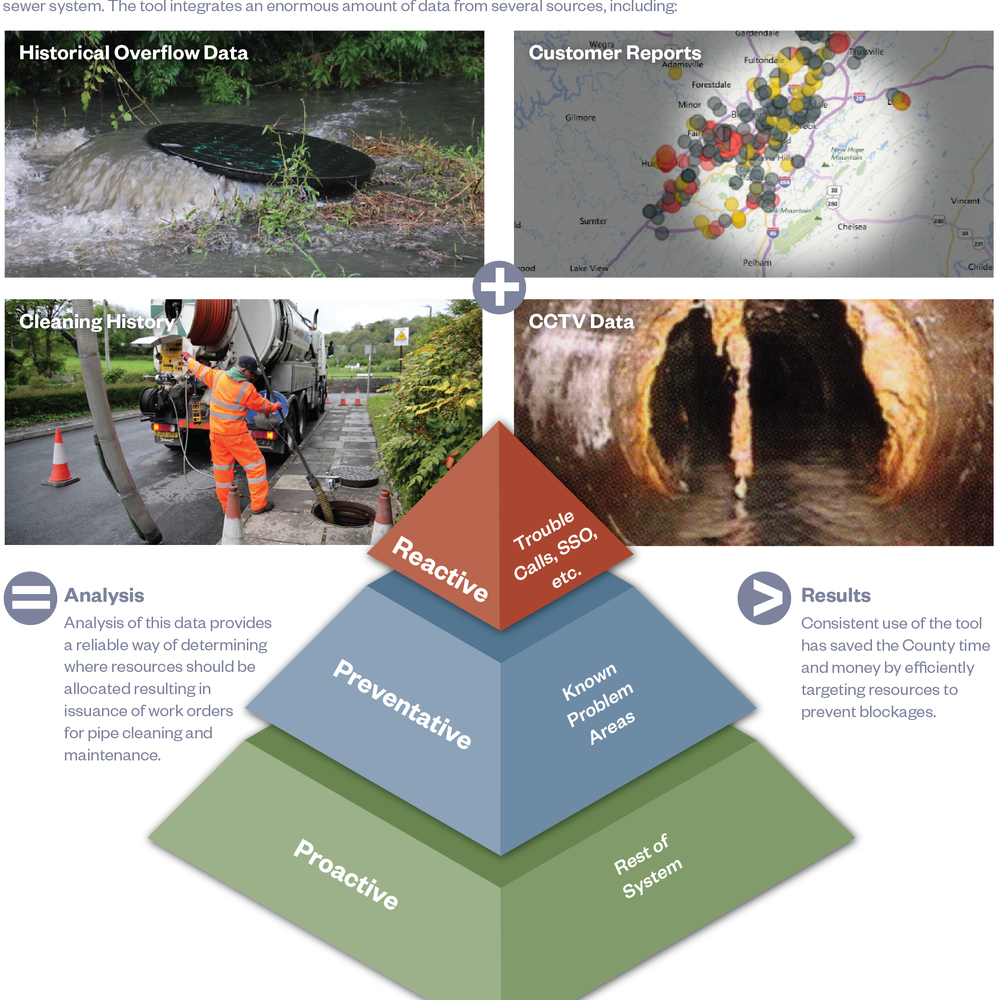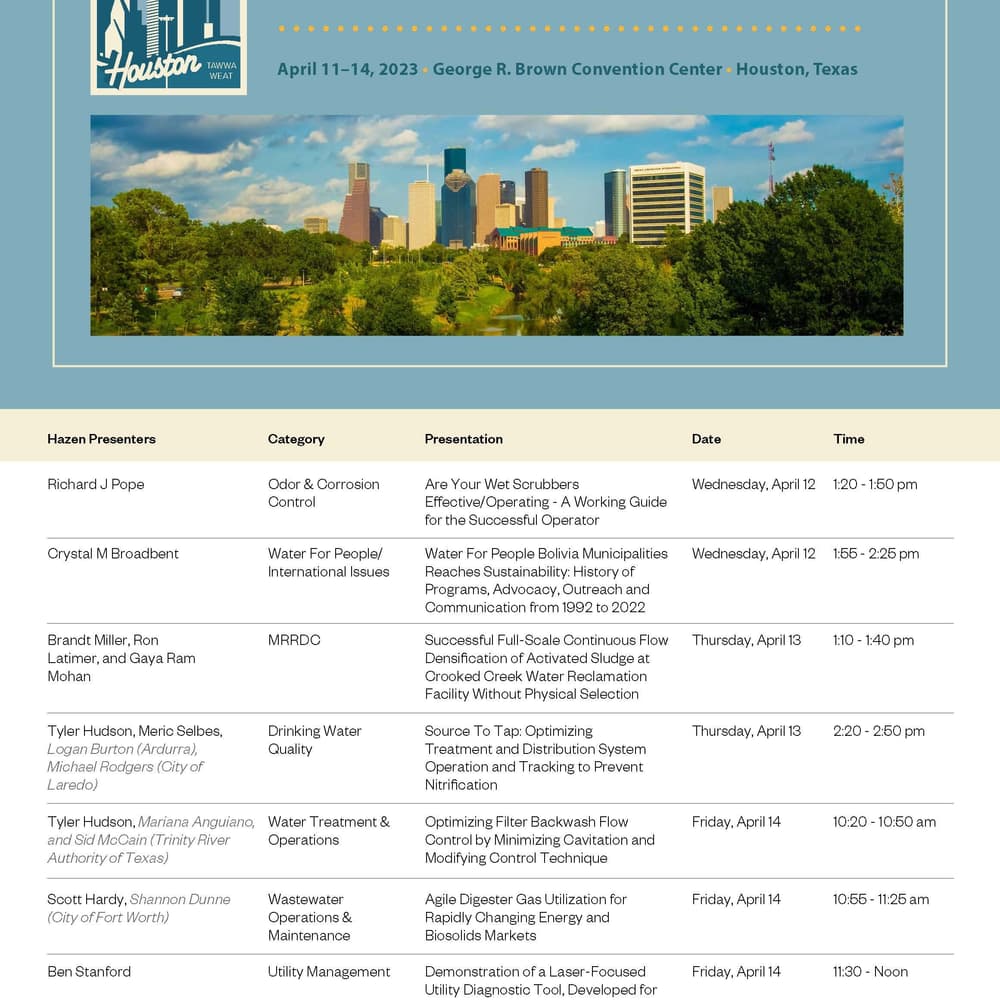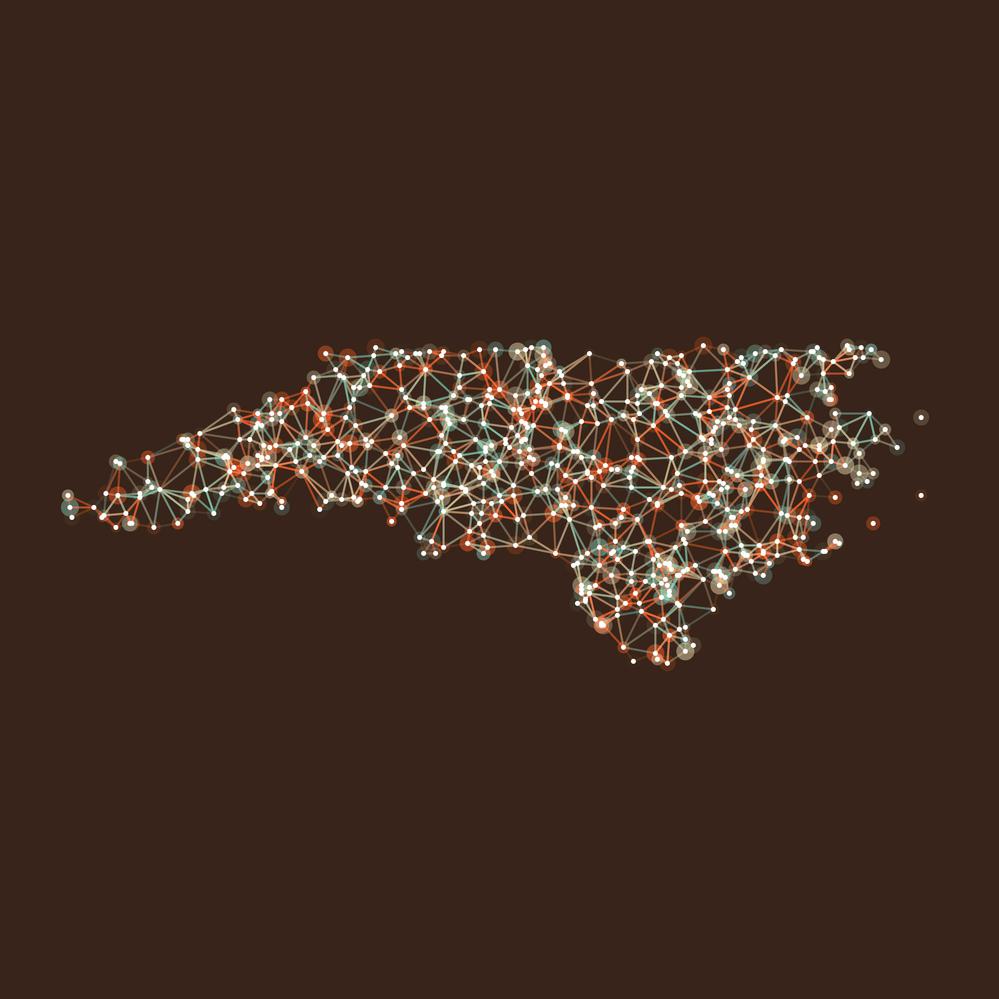ISO 55000 and Asset Management
Understanding its Application, Adoption, and Value to Water and Wastewater Utilities

In early 2014, the International Organization for Standardization (ISO) published ISO 55000 standards for asset management. Although this international standard is not specific to the water and wastewater industry, it is structured around the Plan-Do-Check-Act cycle of continuous improvement and provides standard guidance that enables organizations to achieve their objectives through effective and efficient management of assets. Key themes of the ISO 55000 asset management standard include:
“Alignment” of organizational objectives feeding clearly into asset management strategies, objectives, and plans
Whole “lifecycle” asset management planning and collaboration to achieve optimal organizational value
Integration of “organizational enablers” such as leadership, communication, continuous improvement, information management and business process optimization.
Related Topics:

Over the past 5-10 years, water and wastewater utilities within the United States have realized the value of asset management and have instituted and implemented asset management programs at various levels of detail and scope. However, the focus of asset management has primarily been on “physical” assets and asset management information systems (e.g., CMMS, GIS, etc.). ISO 55000 extends this focus and is designed to apply to, and standardize the treatment of, “any” asset type that an organization manages (e.g., information, people, finances, etc.). As a result, core definitions have been simplified and generalized to accommodate the broader potential scope that this standard is intended to cover.

The primary focus of this presentation will be to provide insight into how water and wastewater utilities can adopt (and in some instances retrofit) ISO 55000 asset management standards within their organizations. The presentation is not intended to reiterate the definition and purpose of the standard, but instead will attempt to answer the following questions related to its application, adoption, and value to water and wastewater utilities:
- HOW does this standard differ from other asset management standards? How is it different from an organization’s existing asset management program?
- WHAT is the value of implementing asset management using the ISO 55000 framework? What changes does this standard propose?
- WHY does an organization need this standard and why now?
- WHO should be responsible to lead the adoption of asset management within an organization?
- WHERE should an organization start with the integration or implementation of this standard? Where is this asset management standard applicable within an organization?
- WHEN will my organization realize “value” from implementing asset management aligned with this standard and how do I measure that value?










